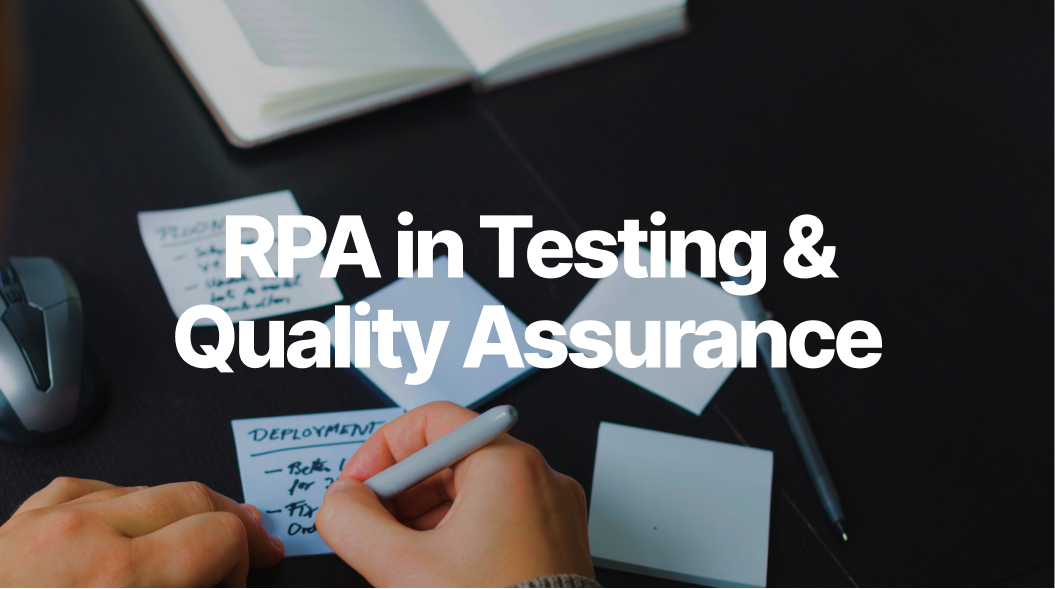RPA's Future with Software Testing & Quality Assurance
75 percent to 85 percent of the software testing is done manually in the IT sector, and the rest is carried out by traditional automation testing tools, which may be vice-versa in the future. Is RPA the new reality?

AI-Generated Summary
This concise rpa article covers rpa's future with software testing & quality assurance. 75 percent to 85 percent of the software testing is done manually in the IT sector, and the rest is carried out by traditional automation testing tools, which may be vice-versa in the future. Is RPA t...
The future of Robotic Process Automation (RPA) is here or seems to have reached its zenith with hyper-automation and emerging cognitive technologies including Artificial Intelligence (AI), Machine Learning (ML) and deep learning, and Natural Language Processing (NLP). Currently, 75 percent to 85 percent of the software testing is done manually in the IT sector, and the rest is carried out by traditional automation testing tools, which may be vice-versa in the future. Is RPA the new reality?
RPA puts an end to the most challenges in software testing and quality assurance:
Understanding the client's requirements:
Quality assurance experts act as per customer requirements. At the same time, the client has to communicate with the QA experts in an unambiguous manner. RPA is an adaptable and flexible independent platform that supports web-based, legacy, desktop, and mobile applications operating 24/7.
Testing the entire software:
Most times, it is close to impossible to do the repetitive complete testing of the software before the deadline. With human limitations, there is no 100 percent testing. RPA allows parallel execution of tasks and undertakes accurate testing governed by algorithms. It also carries out multiple application testing.
Core Skill Sets:
Manual testing requires communication, analytical, and troubleshooting skills. During software testing, experts encounter new errors making regression testing a daunting task, verifying the new changes and testing old functionalities. It is also a big challenge to select the right QA Experts. RPA is scalable; the virtual workforce can be assigned anytime and it's codeless-no programming skills are required!
Building Accurate Check Patterns:
Apart from domain knowledge, professionals also require designing skills, to meet quality and reliable test designs. They should also prioritize test instances, modify sequences in case of encountering a problem, and also find difficult bugs. Bots reduce the rate of human errors as repetitive tasks are automated. There is also increased throughput and output with big data testing that enhances the overall quality and maintenance of the end product.
Apart from the aforementioned, RPA saves cost as a minimal workforce is required. Along with time and cost benefits, it also reduces human efforts required in end-to-end testing by maximum utilization of resources, providing high-quality product experience. What's more?